The vast majority of home flowers that we used to see on window sills, come from countries with a different climate, and can poorly tolerate our frosts and insufficient sunlight in certain months. To help them adapt and create suitable conditions, one must understand where our indoor plants live in nature and what exactly they need to feel good.
Content
Species of flowers and their natural habitats
Most often, indoor pets are from exotic countries and continents, such as Africa, South America, Australia, and ocean islands. Each has its own characteristics: temperature, soil, and others.
Cacti and succulents
Such a popular group of plants as cacti and succulents grows in places where there is a shortage, even periodic, of humidity, as well as dry winds and high temperatures. And this is not only African lands. This includes the modern territory of Mexico, Colombia.
Given that a cactus needs a rainy season to accumulate moisture, these plants cannot be found in deserts. Only a few species grow there, similar to dried trunks with thorns. The specimens of interest to us live on moist lands.
Tall columnar cacti and prickly pears can be found in the valleys of the Andes, the Mexican Highlands and Baja California. There are quite favorable conditions, since these giants were able to accumulate hundreds of liters of water.
The presence of such vegetation does not indicate a lack of precipitation, but their uneven appearance at different times of the year. The structure of succulents is precisely because it is capable of absorbing quickly, like a pump, a maximum of water and wasting it very slowly.
Higher in the mountainous areas, other species grow: mammillaria, sulcoreburetion, rebucia, lobivia.
The steppes and savannahs of Uruguay, Brazil and Argentina are rich in spherical cacti, loving the neighborhood of tall cereal grasses that cover them from the scorching sun.
Gymnocalyciums, notocactus, echinopsis are not fast-growing, and not very large due to more arid conditions. Epiphytic species that live on or near trees are common in the humid atmosphere of rainforests.

Ripsalis, Ripsalidopsis are accustomed to more uniform humidity and stable temperature.
The sandy terrain and the cliffs gave us a younger and stonecrop - unusually patient and uncompetitive species that grow here precisely for these reasons.
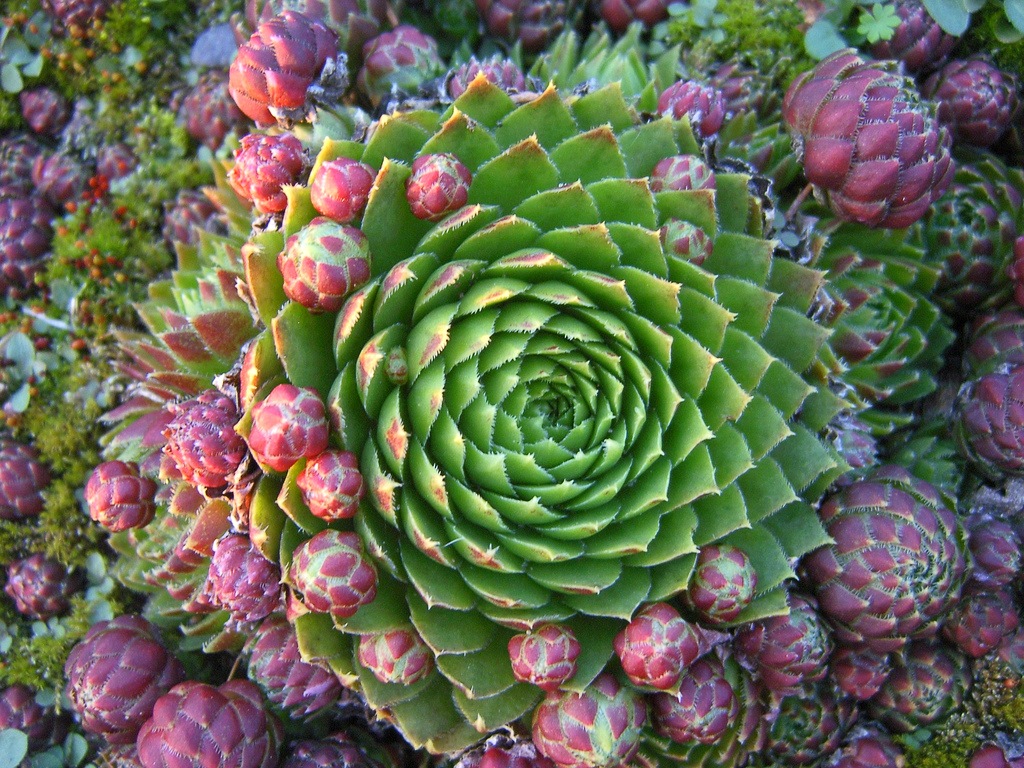
By following the homeland of different succulents and cacti, we can make a general conclusion about their undemanding, endurance, resistance to winds, sun and drought. Obviously, excessive moisture will destroy them, so when growing cacti at home, do not get carried away with watering them.
Water plants
There is a large group of domestic flowers, which, on the contrary, are so hygrophilous that they should be sought in nature in literally wetlands.
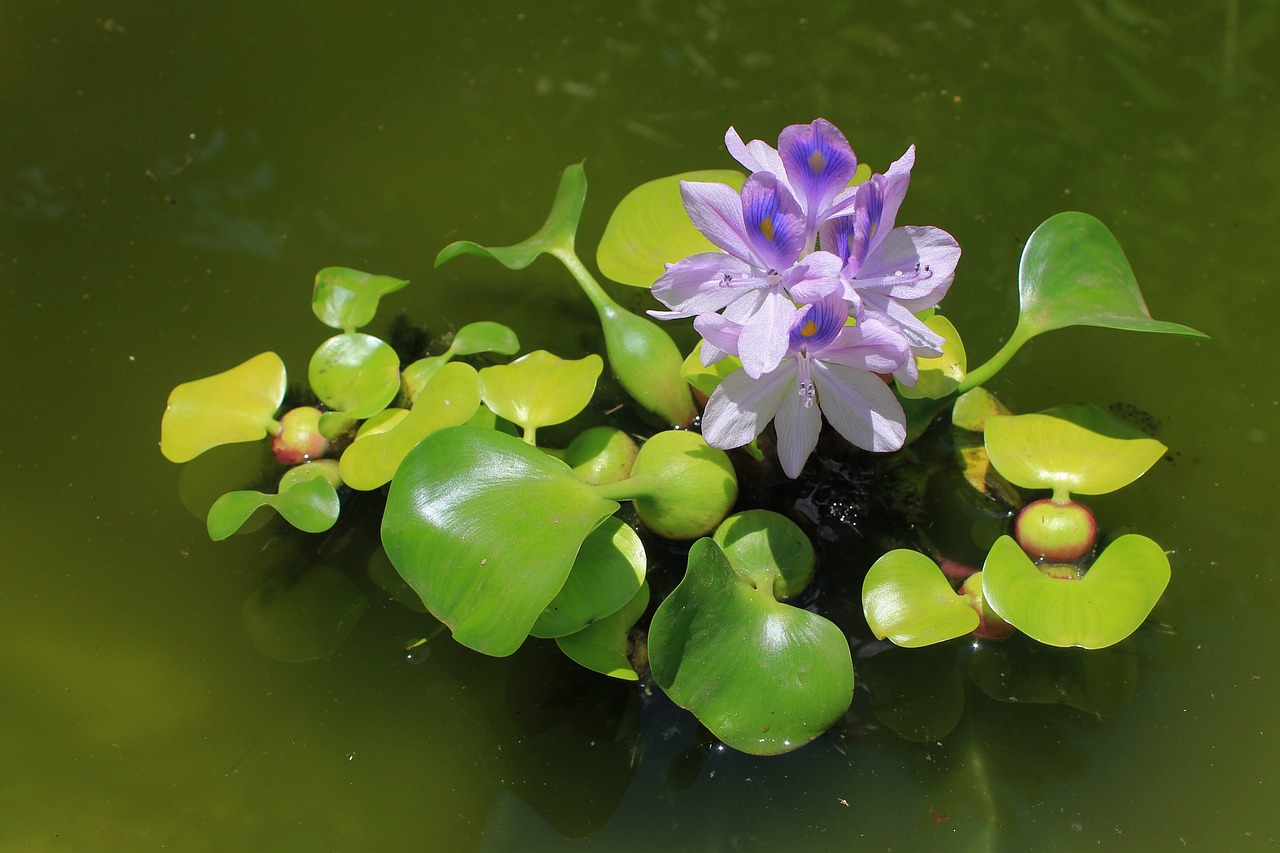
Water hyacinth or eichornia is a resident of the American tropics. It is interesting in that it purifies water, absorbs harmful substances. In our latitudes, it is often grown in aquariums or ponds, but is cleaned for wintering. Not a relative of our garden hyacinth, just a little like flowers.
Ciperus is known for many of its palm-shaped grassy stems. It is interesting that it belongs to the Osokovs and grows in the tropical swamps of Africa.In the apartment he is planted in the ground and put the pot on a pallet, where there should always be water.
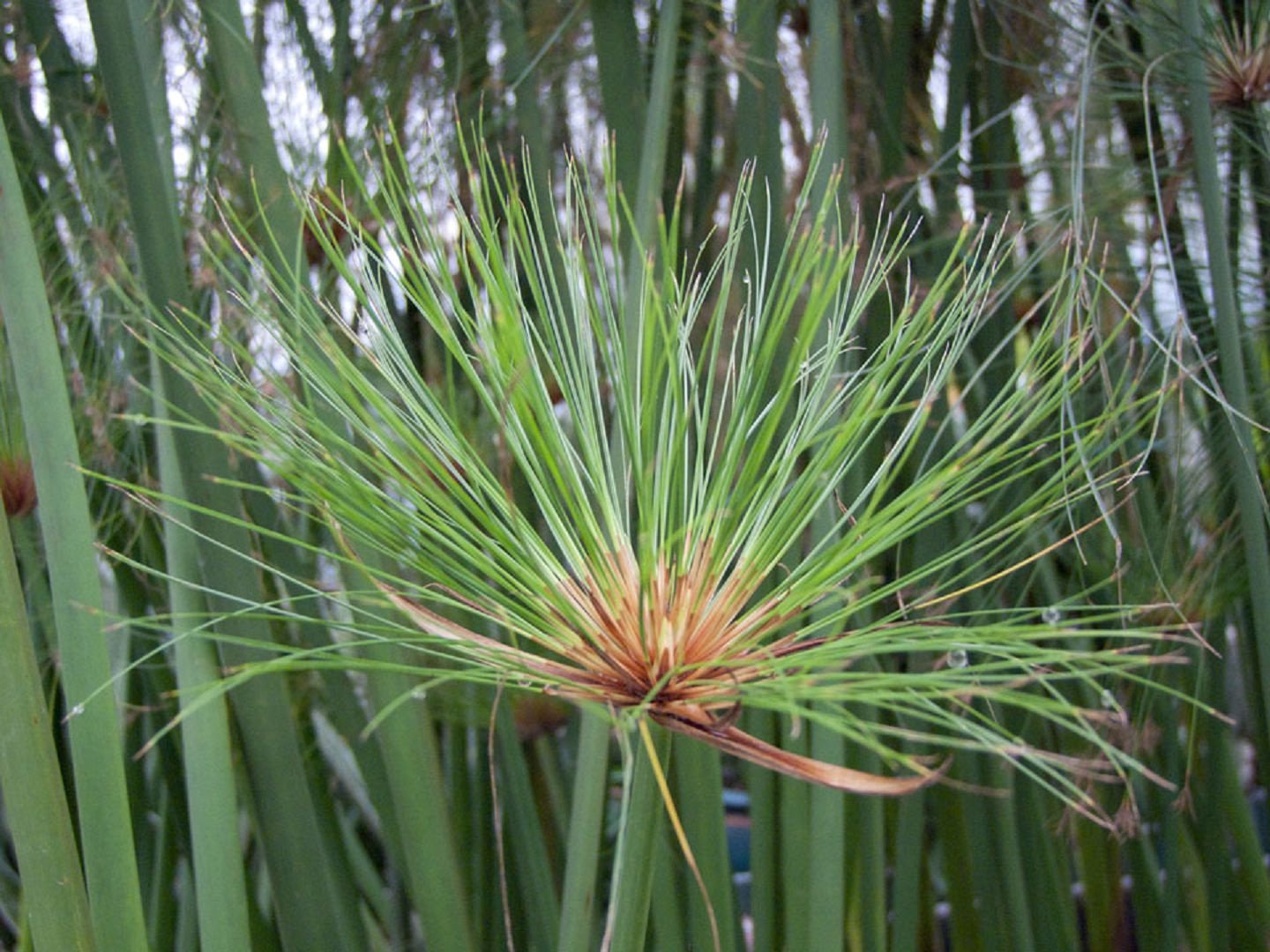
Cereal cereal - quite unremarkable in appearance, but with an interesting tangerine smell. He is an “alien” from India, Japan and China. Used in the compositions of ponds, shading other plants.
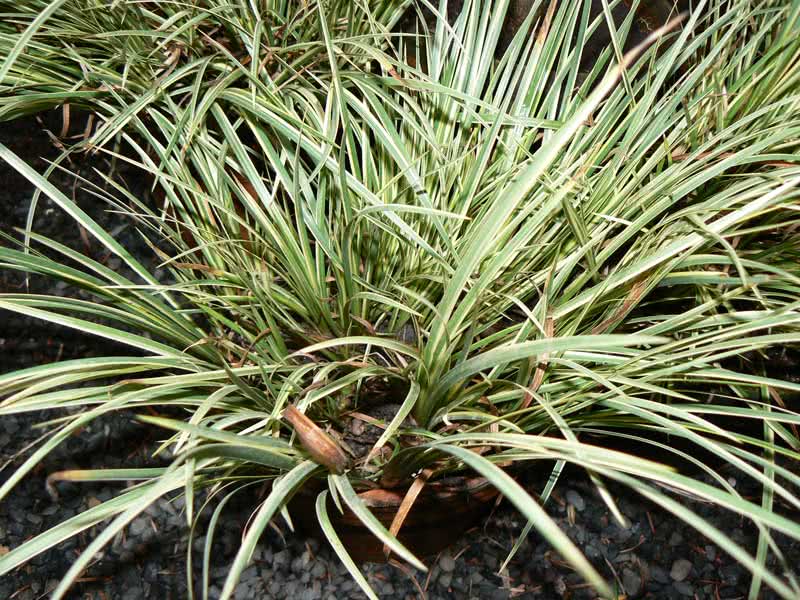
Calla from the marsh subtropics of South America is one of the most popular aquatic flowers for growing indoors thanks to large exotic flowers, or rather, bedspreads.
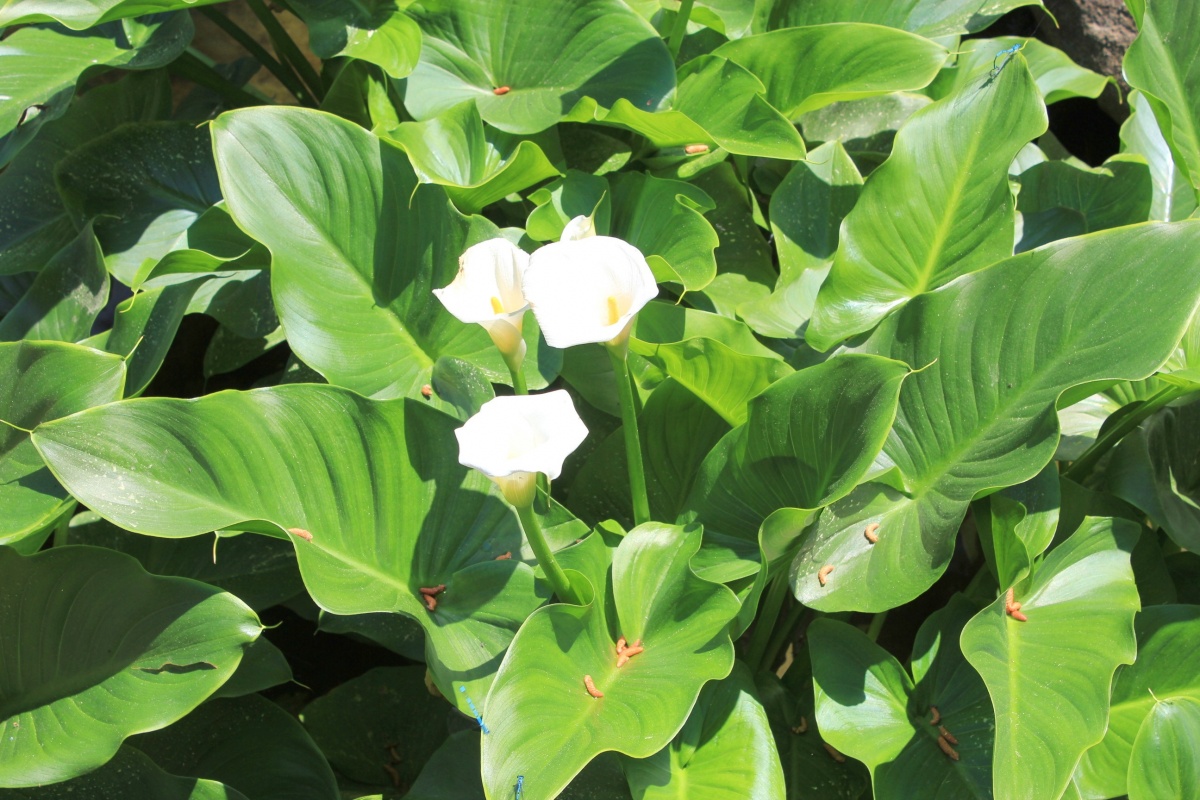
Bamboo has recently become very popular as a home plant. It gives in to formation that gives it exoticism. But its main advantages are an evergreen state and rapid growth. There are many varieties, among which you can choose for yourself the height and degree of its need for water. In nature, it grows in the tropics and subtropics, where it is humid, warm, and there are no dry winds.
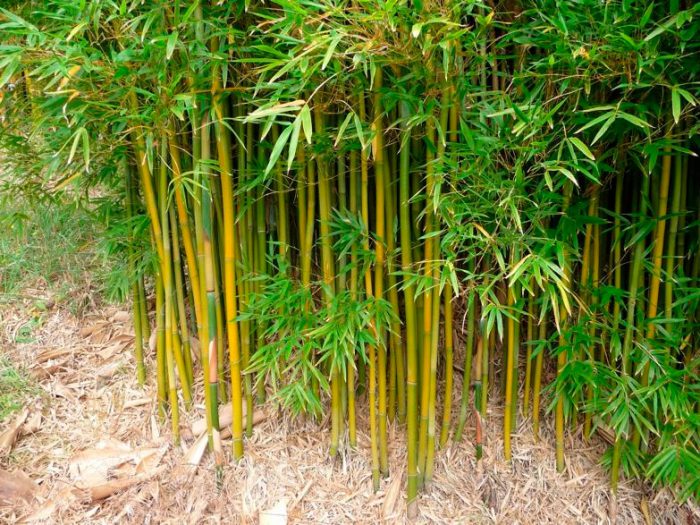
Some varieties with proper cultivation can even winter at -20 degrees.
Water plants in the apartment are not only beautiful, but also useful, and especially in the winter, when the heating dries the air very much. Evaporation from a water pan of such a flower significantly raises the humidity indicators in the house.
Curly and creeper
Creepers are attractive for decorating walls, arches. Consider the most popular.
A variety of ivy varieties with variegated and monophonic coloring, curly leaf shapes. Among them there are frost-resistant species. In general, they are supporters of the mild climate of the Northern Hemisphere and Australia.
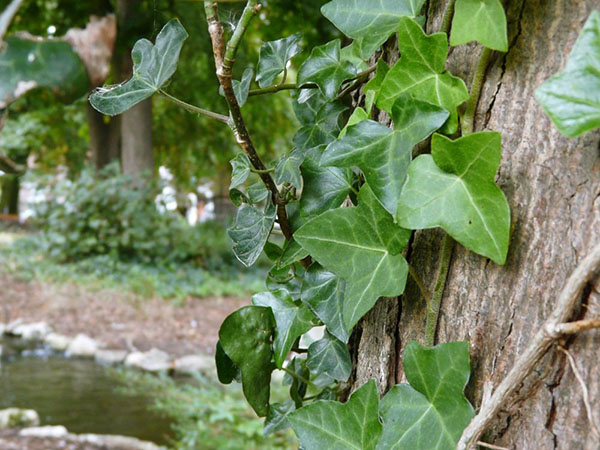
Cissus or “birch” among the people - is somewhat reminiscent of a miniature vine. It is not winter-hardy, since its homeland is the tropics and subtropics. Grows fast, not capricious.
Scindapsus is a native of the shady tropical forests of Asia, therefore it tolerates poor lighting and grows willingly there, likes humidity.
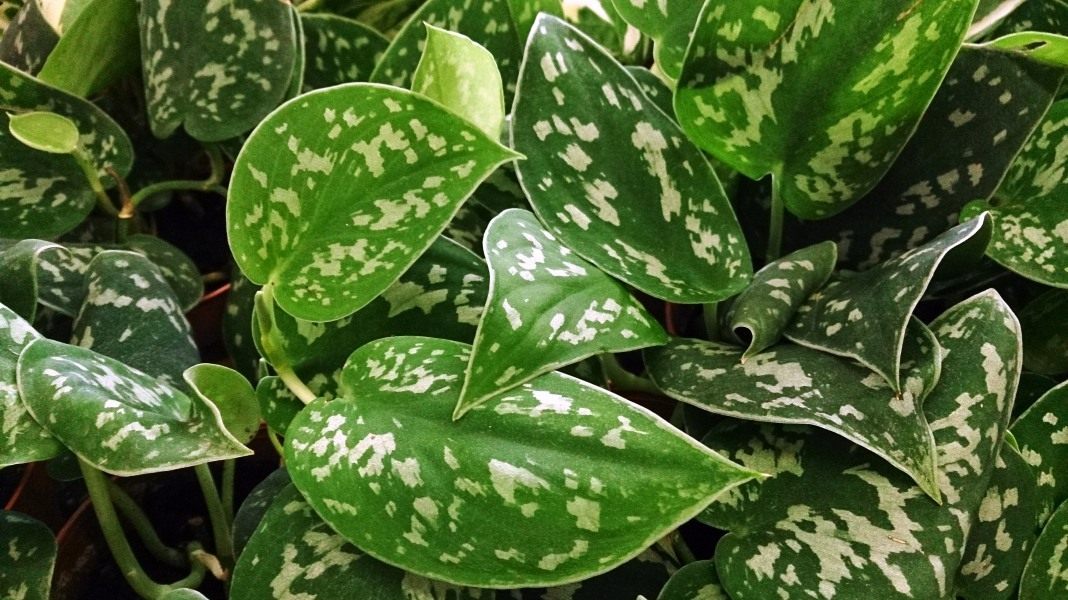
Monstera is a giant who, with all its dimensions, speaks of the humid warm climate of the motherland - equatorial forests. It is there that she can swing out in growth, getting enough nutrition, light and heat.
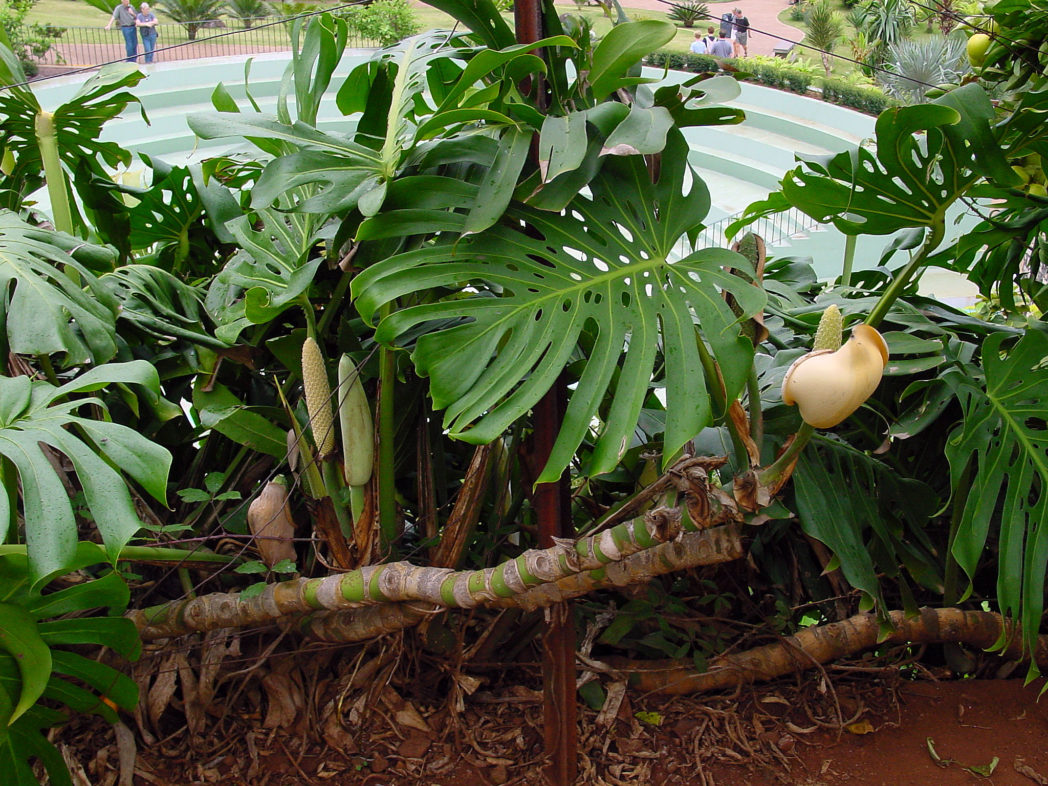
Tradescantia is a habitual vine for us, and came from the tropics and temperate zones of America. Therefore, undemanding and grateful.
We are so used to many of these weaving and vines that it is even surprising to consider them exotics.
Decorative foliage
This group of indoor plants stands out with attractive foliage of various shapes and colors, often large and succulent.
Alocasia and Dieffenbachia came from South America. They can reach gigantic proportions at home. The apartment is more modest.
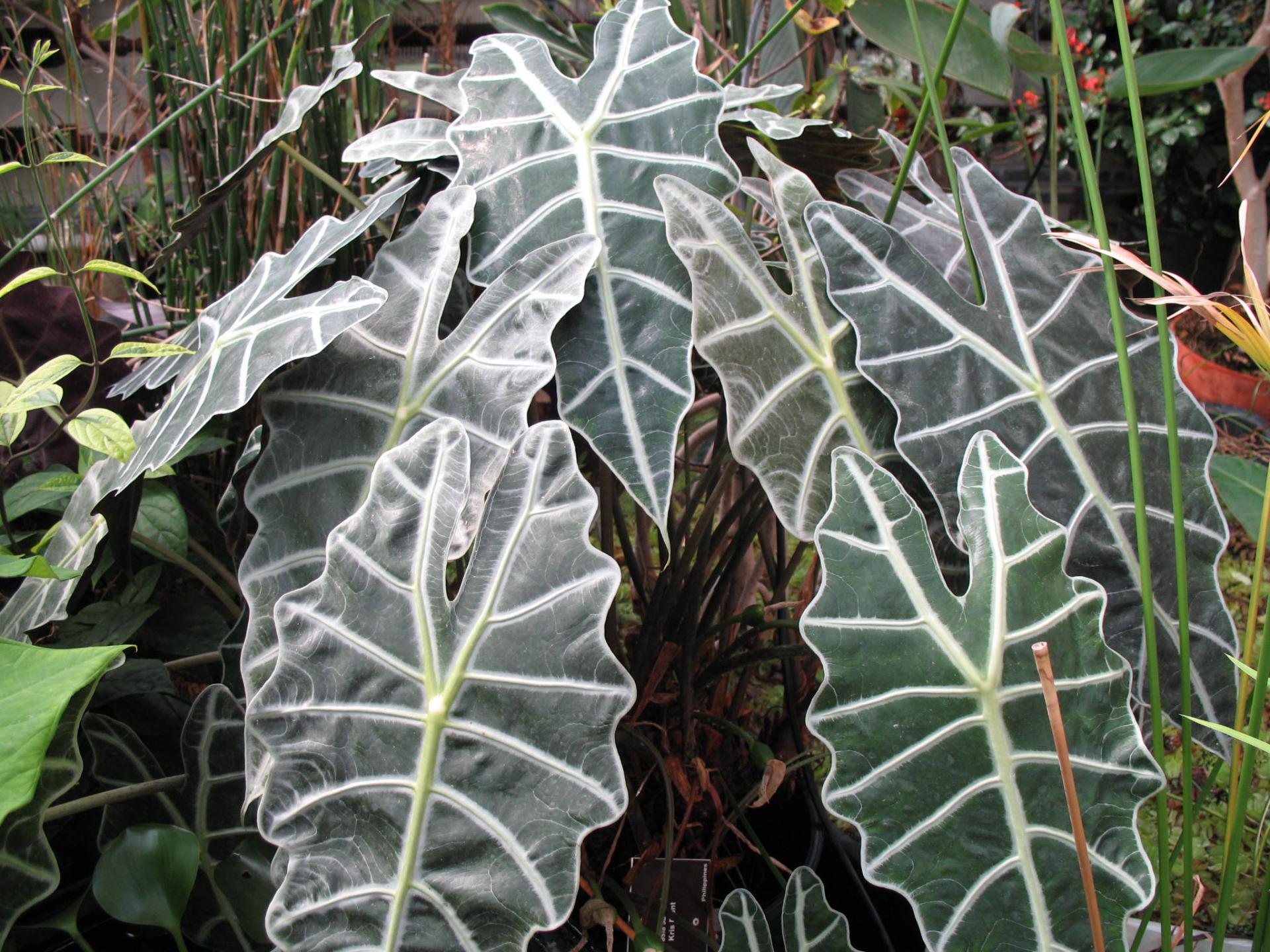
The Tropicana Dracaena is from Africa, but it is also believed that it was brought from the Canary Islands and Cameroon forests. It amazes with an abundance of shades and combinations of greenery, it is able to decorate a corner without the help of other plants, only with an abundance of its own leaves.
Chlorophytum is a lover of the tropics and subtropics, found under natural conditions in forests and on the banks of the rivers of Asia, South America, Africa, Madagascar, and therefore is quite shade-tolerant. Differs in unusual survivability, clears the room of harmful substances.
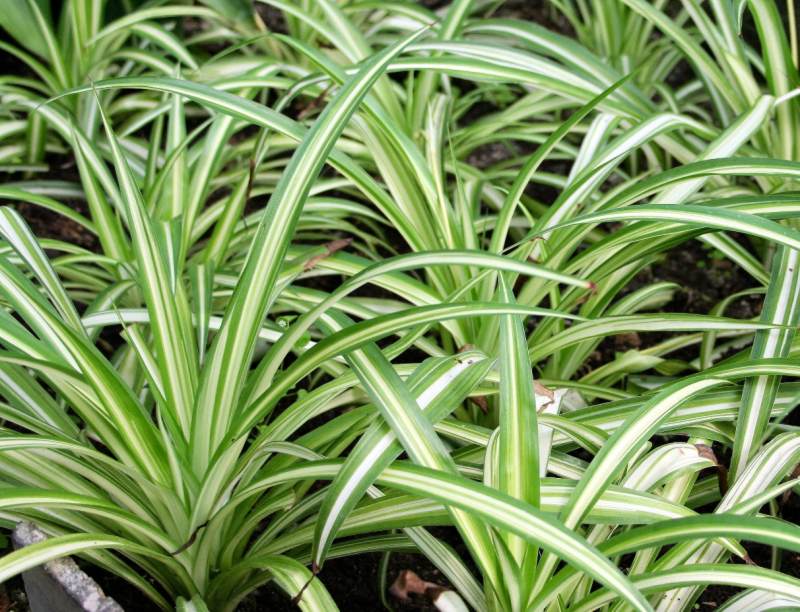
Large greenery of decorative and deciduous species loves the diffused light and humidity that are in the tropical forest, and such flowers will grow well in an apartment where similar conditions are recreated.
Blooming
This group of plants can be attributed to the most difficult, since it is not easy to please her with the climate. Often it must be a greenhouse to wait for full flowering.
Authentic Jasmine is a rare guest in apartments, as it is very moody. It requires ideal humidity, a certain time and conditions for a period of rest.
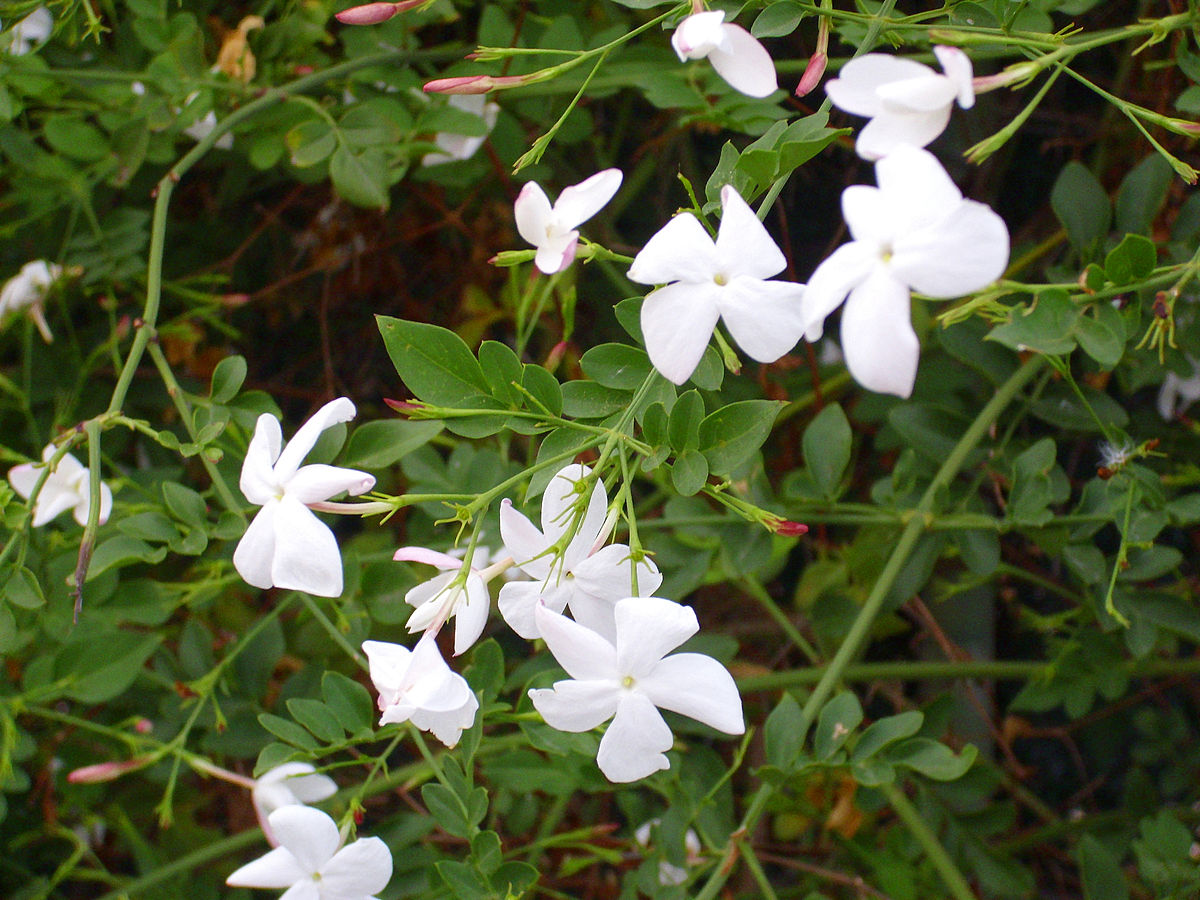
Anthurium refuses to bloom in case of insufficient humidity, and moves to the group of decorative-deciduous, as it has bright large leaves. But for the sake of flowers, owners usually try hard, they are worth it. He came to us from a generous tropical part of America.
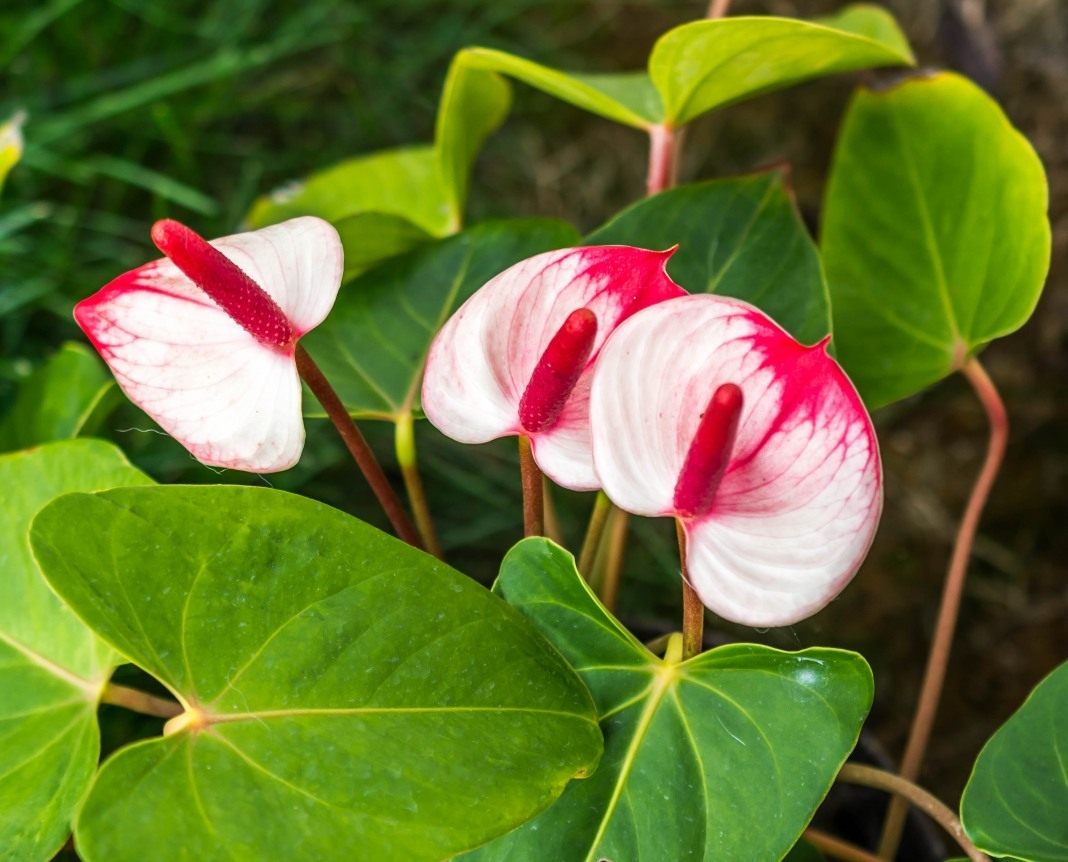
Hibiscus delights in large, up to 20 cm in diameter, flowers, and with the right conditions in the house, it can bloom all year. This Asian is very generous with a variety of petal colors.
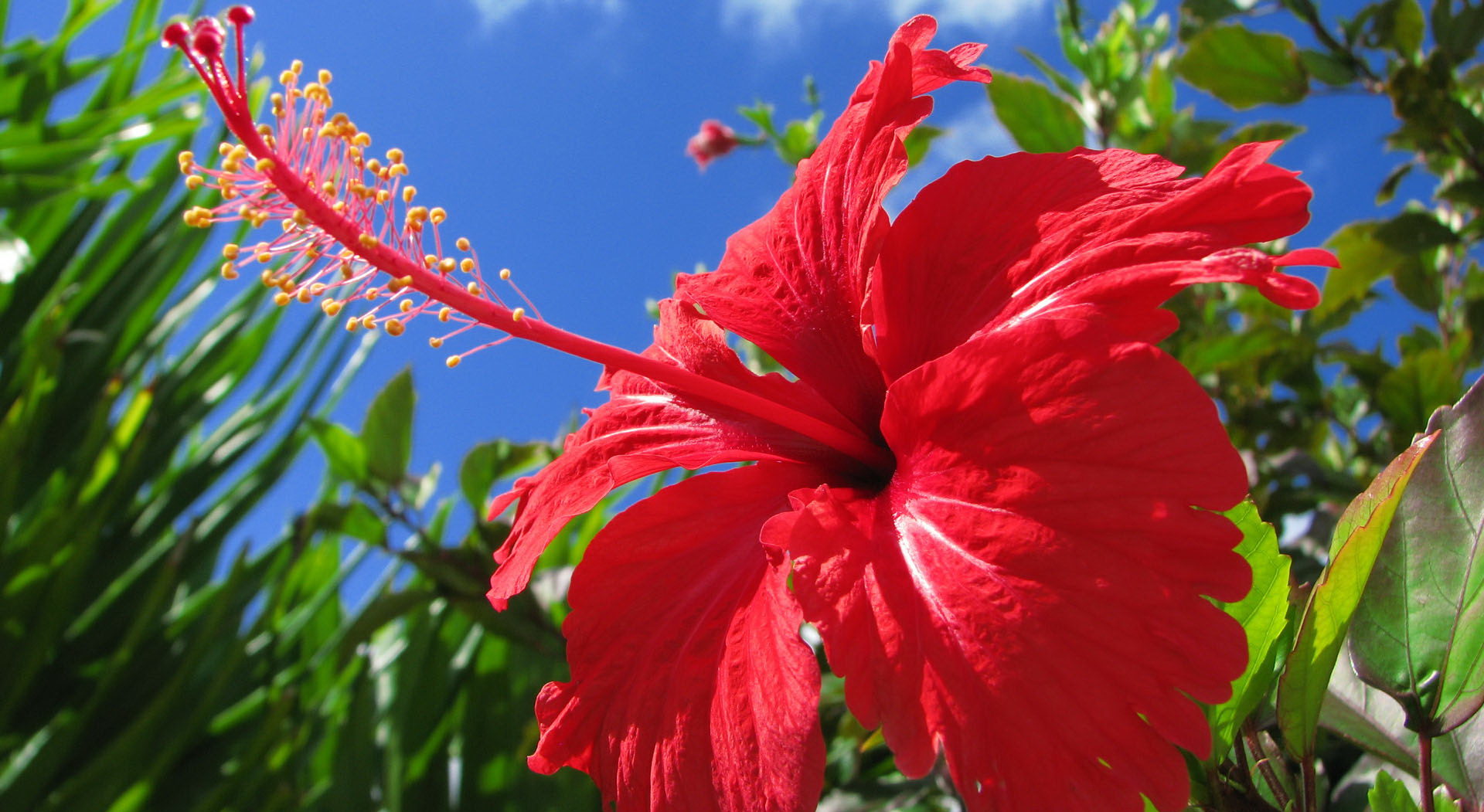
African violet, in spite of a hint in the name of origin, is quite reconciled with the apartment climate of our latitudes and even blossoms generously. The main thing is to provide her with a balance of light and moisture.
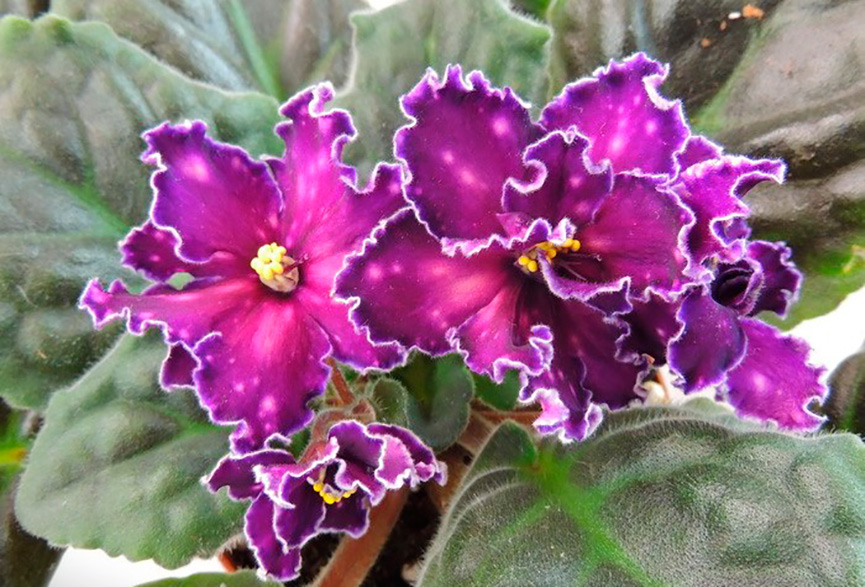
Phalaenopsis is a famous orchid, an epiphyte plant that grows in Australia, Asia and the Philippines.
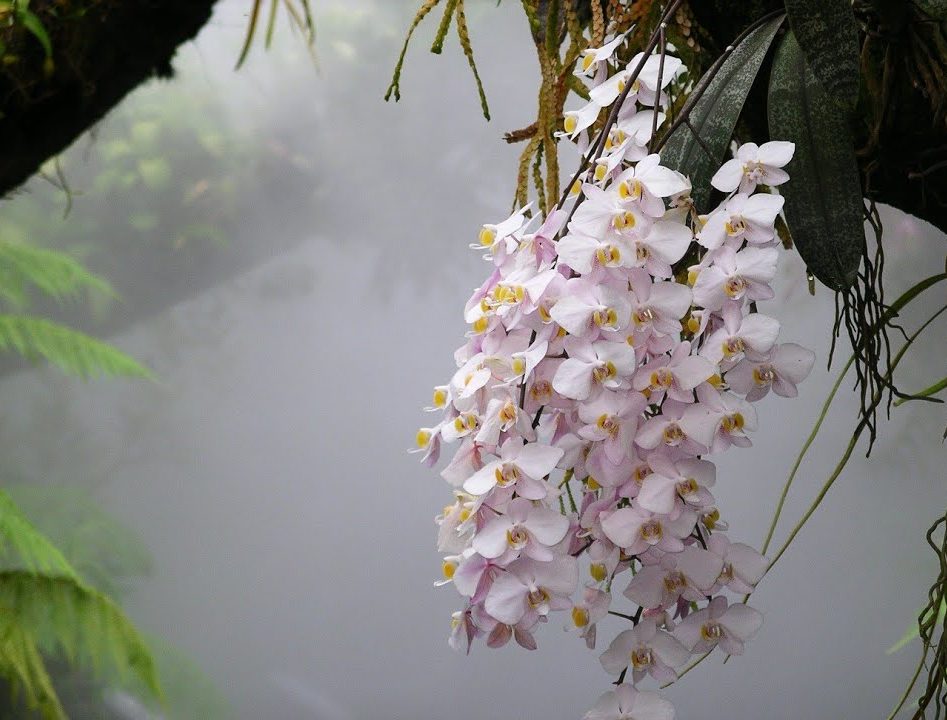
It requires a special soil, as it grows on trees in nature, holding on to branches by aerial roots and catching nutrients from air and water.
For the sake of the blooming tropics in the apartment, it is sometimes worthwhile to venture a greenhouse to enjoy the exotic.
Is it possible to plant a plant from the wild at home?
All potted plants were once residents of the wild. As you can see, many of them have successfully moved to our homes and are feeling pretty good. What is needed for this? Just a good study of the climate of the homeland of a particular plant.
You can start immediately from the ground. They can be fertile, sandy, rocky, acidic, alkaline. In fact, anyone can recreate at home or buy ready-made.
Lighting depends on in what area and with what neighbors the desired flower grows. After all, it can be located on bare rocks, which means it can withstand the scorching sun, or it can, on the contrary, grow at the foot of forest trees and catch the rare rays of the sun. Based on the results, the house plant is placed on the south window or shaded.
It is also worth checking if the plant has a dormant period, it is often needed as a condition for future flowering. Sometimes it is a short daylight hours, or lowering the air temperature, reducing watering.
All this is quite different from ordinary apartment conditions, it is worth considering carefully whether there is an opportunity and desire to change a certain area of the house for the comfort of a new resident.
Common questions
Everything new raises many questions. Here are some answers that may help you make a decision.
The amazing possibilities of science and practical experience of flower growers have given us the opportunity to touch the alluring world of the exotic of unknown countries. Many collectors and amateurs do not miss this chance, the main thing is to prepare theoretically and practically.

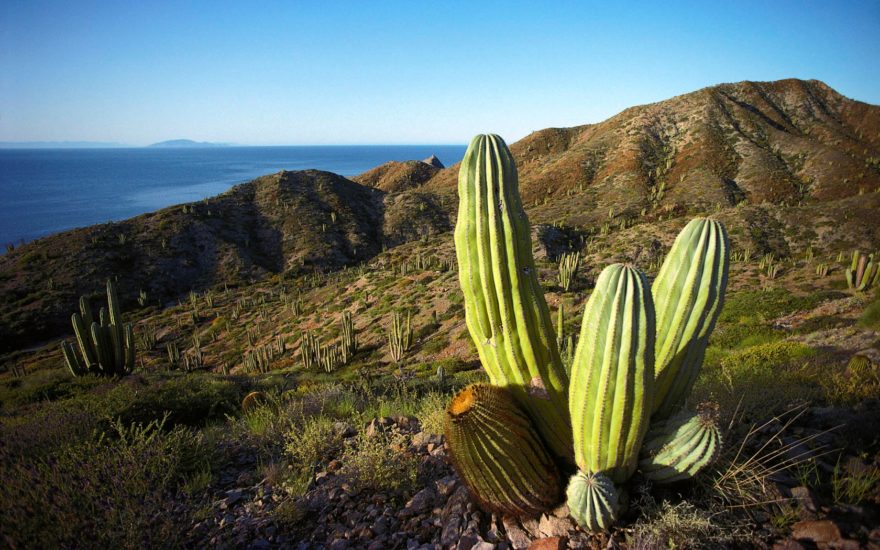
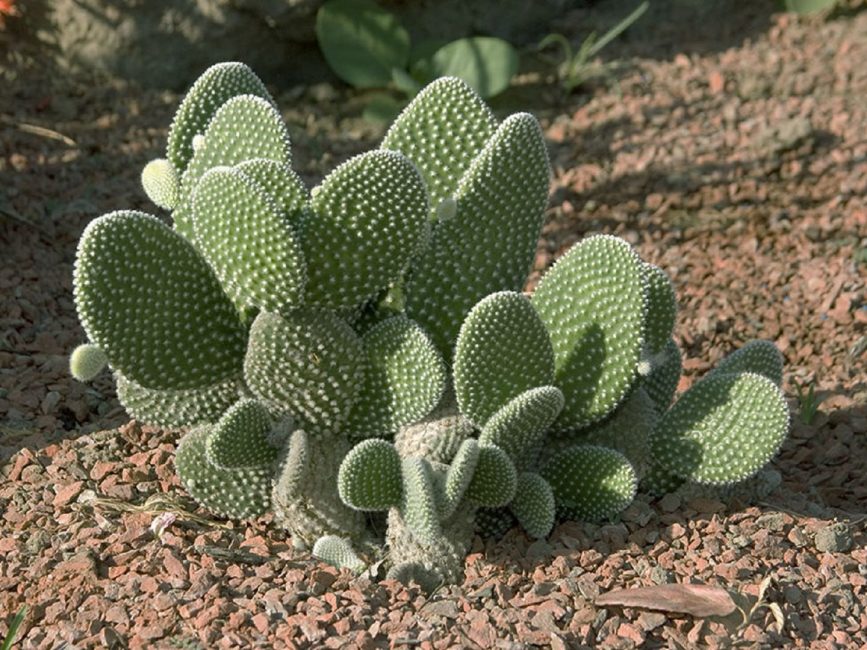
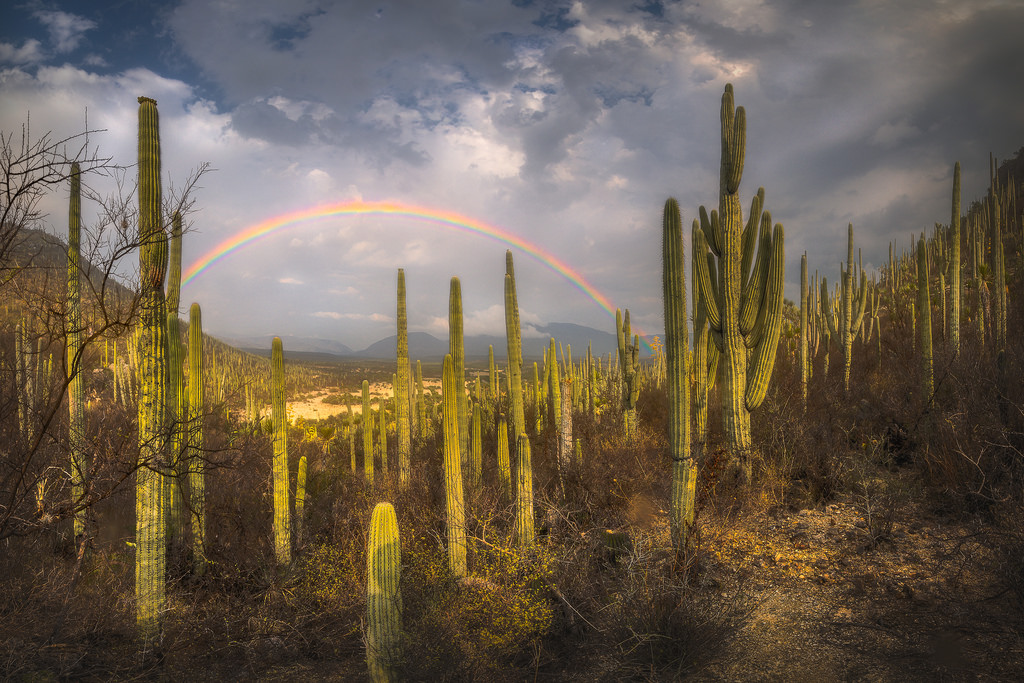
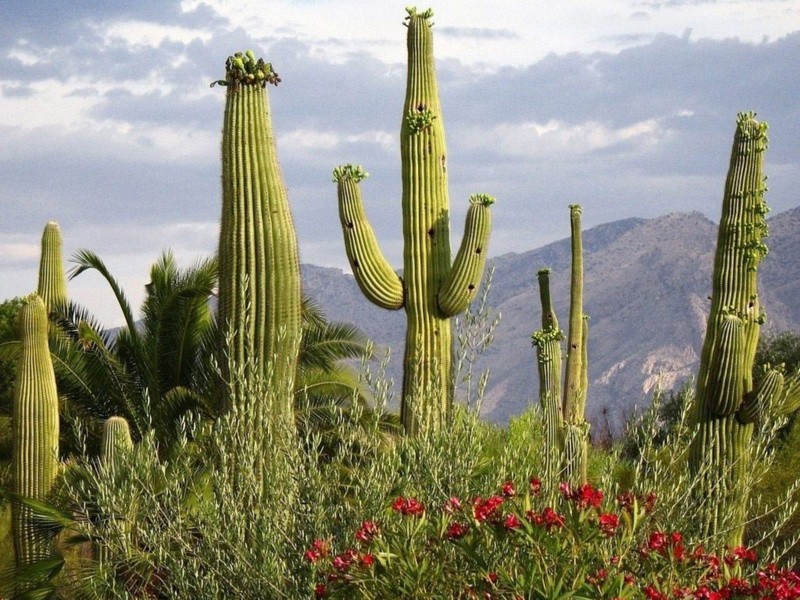
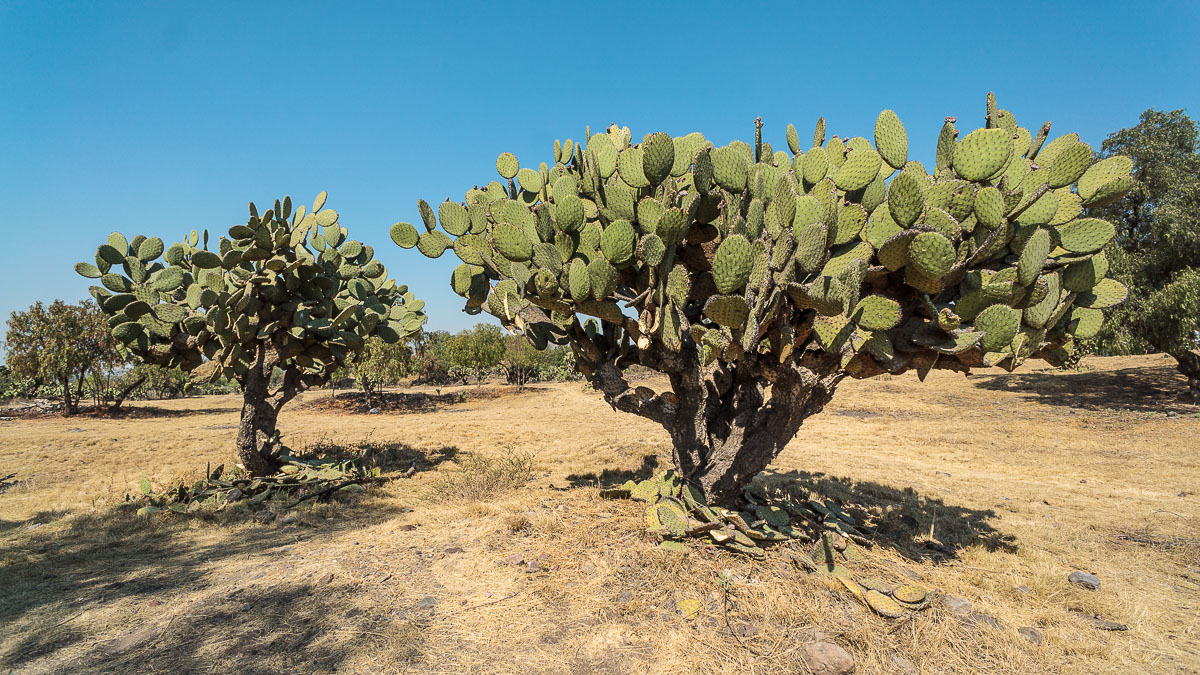
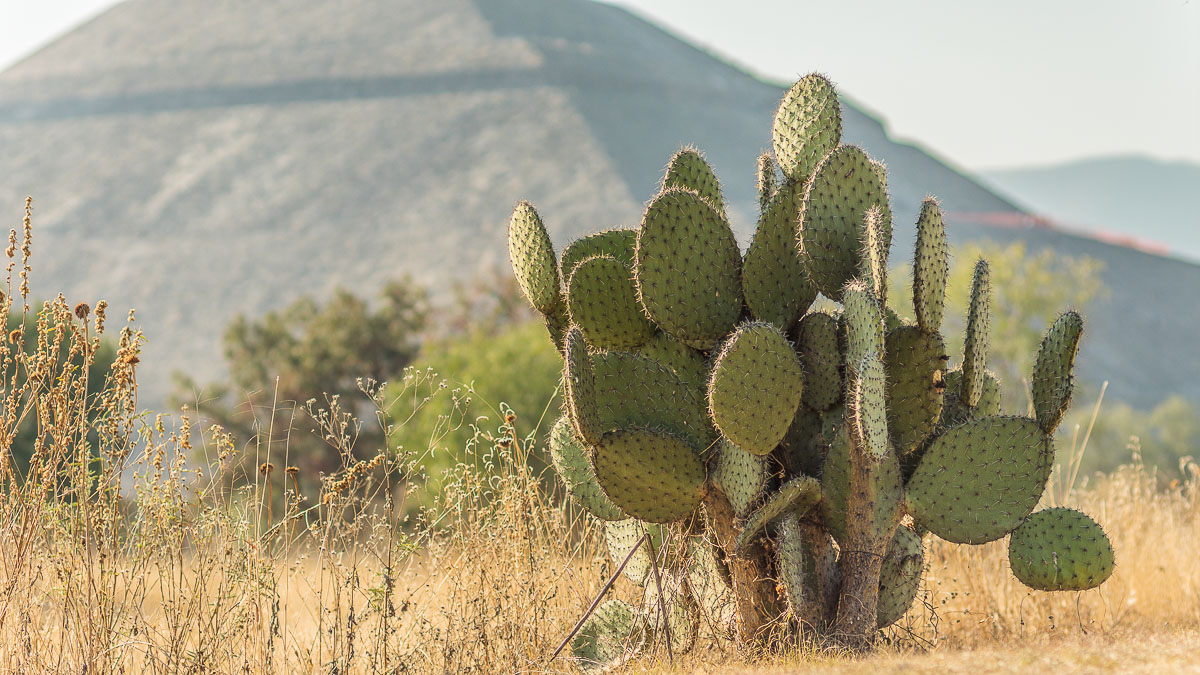

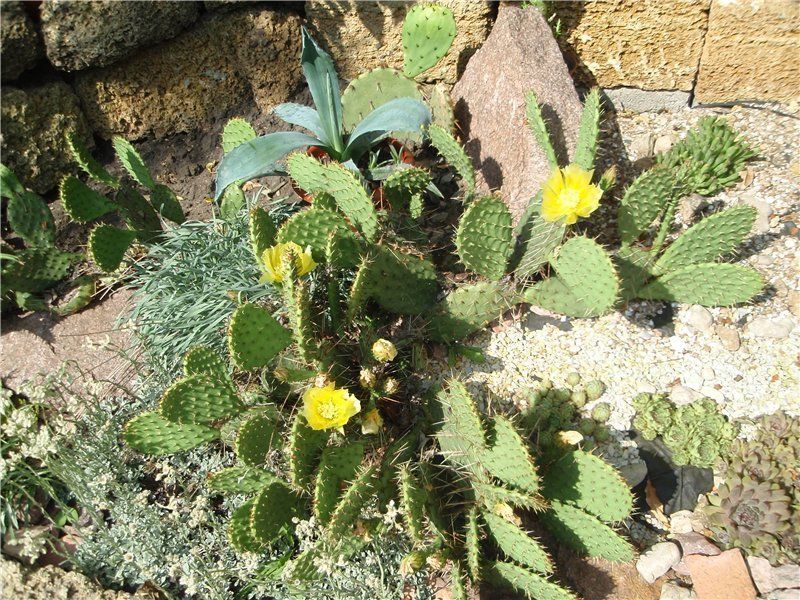
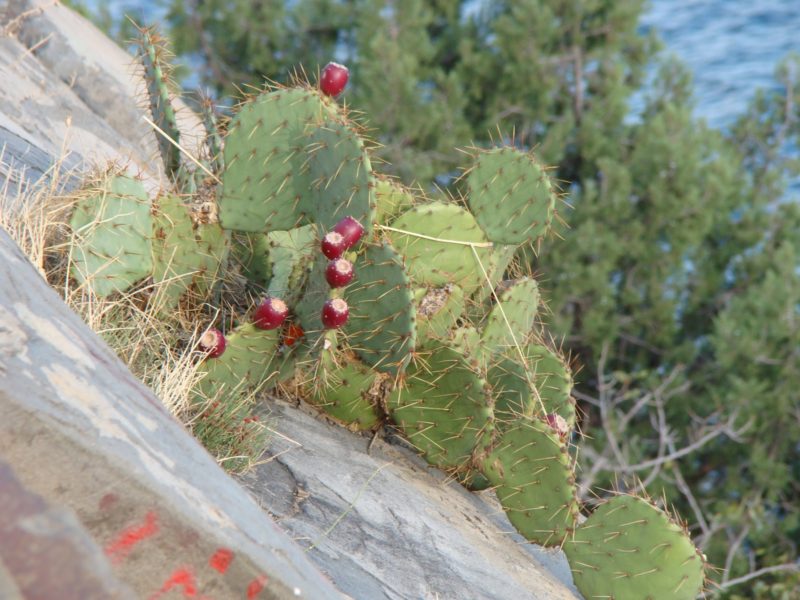
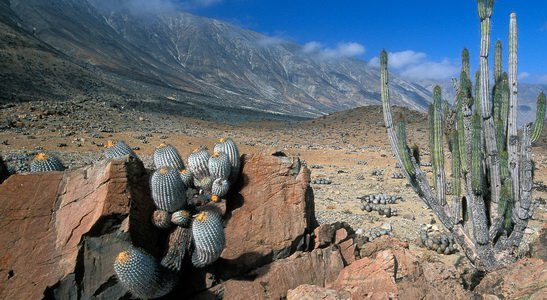
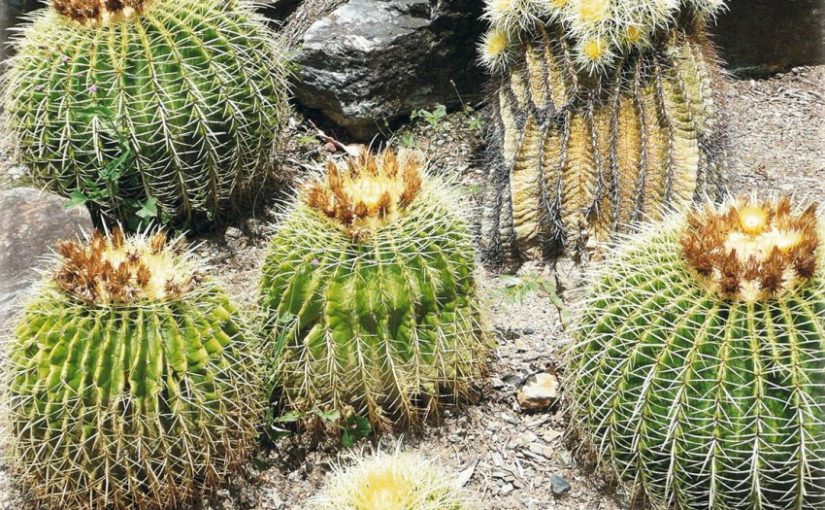
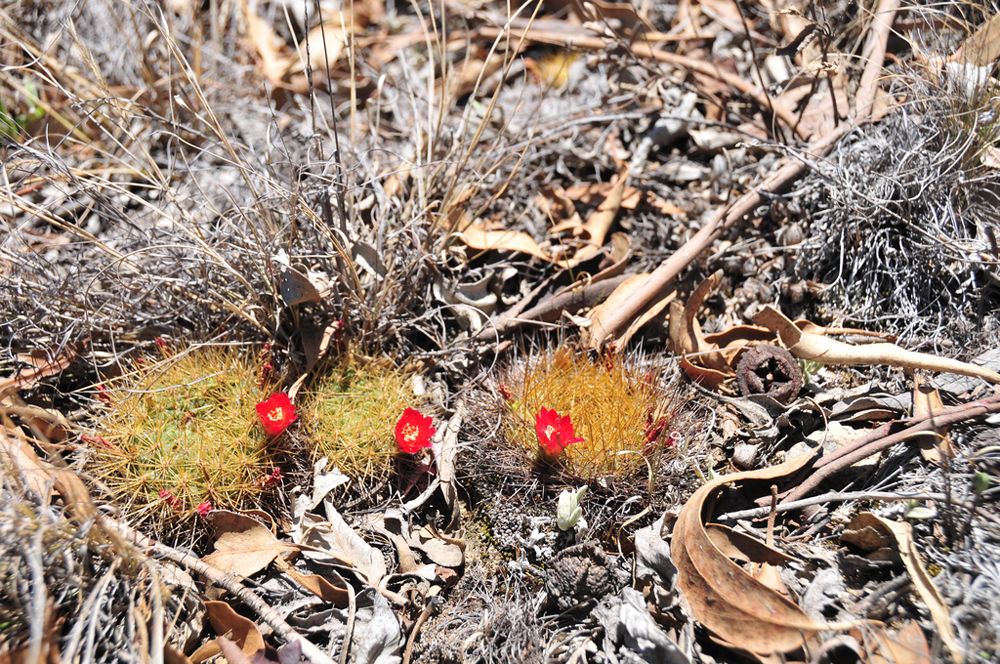
 Sow in the ground, without seedlings: 10 beautiful and unpretentious flowers
Sow in the ground, without seedlings: 10 beautiful and unpretentious flowers Platicodon planting and outdoor care
Platicodon planting and outdoor care Hosta - planting and care in the open ground in the Urals
Hosta - planting and care in the open ground in the Urals Oleander - care and growing at home
Oleander - care and growing at home